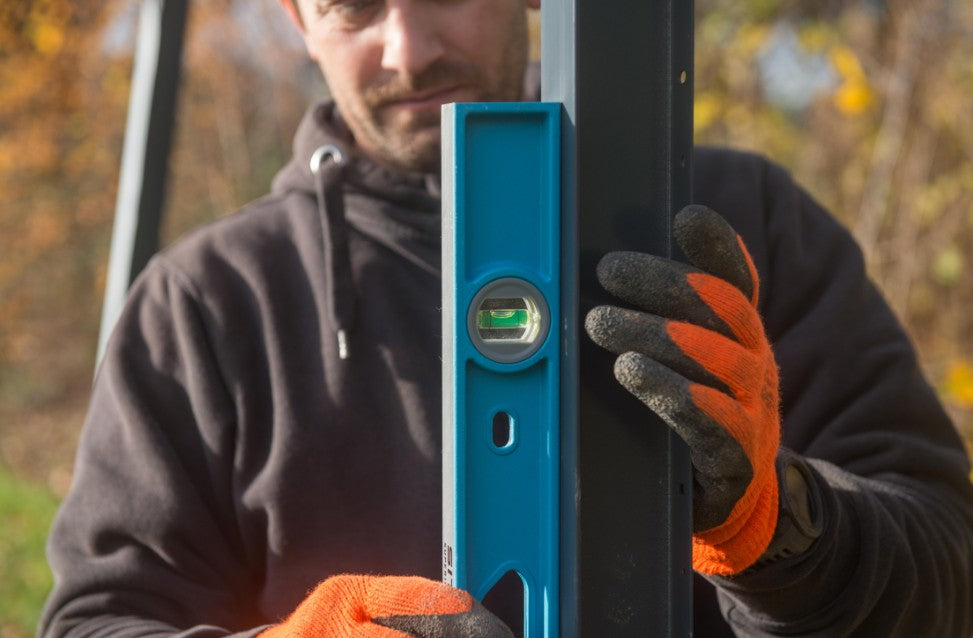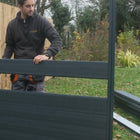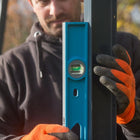Best Rain Proof Fence - How Rain Affects your Fence and How to Prevent any Damage

On average, the UK sees rain or snow for 133 days across the year. Which means 36% of our days annually are subject to increased atmospheric moisture.
But what does this mean for your fence?
Although most fences are designed to withstand the elements, sometimes rain can take its toll on your garden fencing. Here, we explain how rain affects your fence and how you can prevent any subsequent damage.
How does rain affect your fence?
While most timber fencing is pressure and dip treated for increased durability, if end coat is not applied once nails or any holes are made to the timber, rainwater will eventually prevail, causing damage to your fence.
As the bottom of your fence posts begin to rot due to the moisture build-up, they start to become weaker too. Your posts are then vulnerable to damage from debris and strong winds.
It’s important to remember, the more your fence posts are damaged the weaker it becomes, and then security and privacy issues become noticeable.
Hopefully, you’ll have replaced your fence by this point…
But how can this be avoided in the first place?

How to protect your fence from the rain
When it comes to protecting your fence from rain damage, various fencing products and accessories, as well as installation tips can be utilised. Let’s take a look.1. Opt for pressure treated fencing panels
Timber is the most popular material for fencing panels. It’s versatile, eco-friendly and somewhat durable. To help with durability though, panels can be placed in a vacuum and pressure treated with chemicals. This method forces preservatives into the timber to help fight against rotting.
2. Install post caps and capping rails
When rain is collected across the top of your fence, your timber panels and posts will naturally absorb it. By installing post caps and capping rails along the top of your fence, you’ll prevent this water from hanging around and causing any damage - that’s if the nails used to install your capping have been treated with end coat.

3. Install gravel boards
After it’s rained for several hours, or even days, the ground around your fence will be left damp and potentially flooded. I’m sure you can guess what the issue is here. Installing gravel boards between your fence panels and the soil acts as a barrier to protect against any prolonged water exposure.4. Think about fence post locations
As you set your fence posts, think about location and ground conditions. Ask yourself - is this location prone to flooding or becoming extremely muddy after rainfall? If so, try working around this and look for a more suitable position.
If unavoidable though, consider post concrete and ensure your posts are at least 2ft in the ground. This will provide a safe and secure foundation to your fence.

5. Install DuraPost® – a steel fence post system
The biggest culprit to water damage is your timber fence posts, so why not swap them for a longer-lasting steel alternative?
DuraPost® is a stylish, secure and easy to maintain galvanised steel fence post system. It’s suitable for virtually any type of fencing.
Not only is DuraPost® immune to water damage, it withstands winds of up to 110mph!
If you’re interested in learning more about DuraPost®, view our comparison sheet vs timber and concrete, or contact our expert team today. We’re more than happy to help.
DuraPost® fencing systems
Create Extraordinary Spaces
DuraPost® steel fence posts and composite fence panels. Find out why they are the ultimate fencing system.






